We learn things through experience and by association. When people whom we respect repeat nonsense over and over then we will tend to come to believe this information – even if it makes no sense, and especially if we have no first-hand experience of it to the extent that we can’t know otherwise from first-hand experience.
When on a boat, offshore at the Great Barrier Reef it is difficult to know exactly how far away the land is, and flat farmland could just as easily present as mangrove swamp.
We are told over and over that agriculture and the natural environment are incompatible, and we are taught to despise farming and to love corals. It is likely that most people who know this, and feel very strongly about this association, have no experience of either corals or farming.
The SS Yongala Shipwreck is a 110m long former steel passenger and freight steamer which sank during a cyclone in 1911, not far from the mainland, and not far from the mouth of the Burdekin River that drains a catchment replete with sugarcane and beef cattle.
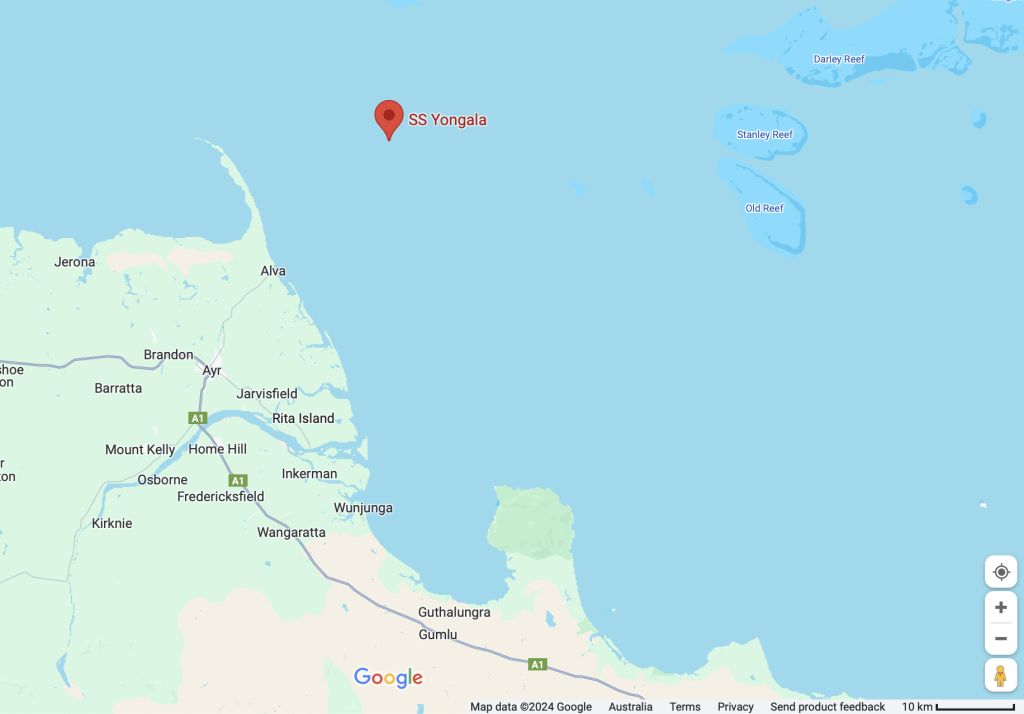
It is arguably one of the ten best dive sites in the world, known not for its reliably good visibility but rather its super-sized marine life especially the great diversity and size of its fish, rays and sharks. There are also beautiful corals, especially soft corals including Gorgonia fans.
A little over a month ago I had the opportunity to dive the SS Yongala wreck. Then just ten days ago by coincidence I had the opportunity to fly over this same region in a commercial Qantas jet and I made sure I had a window seat on the side of the plane likely to give me a best aerial view.
I did manage to photograph sugarcane farms just to the west of this famous dive site.
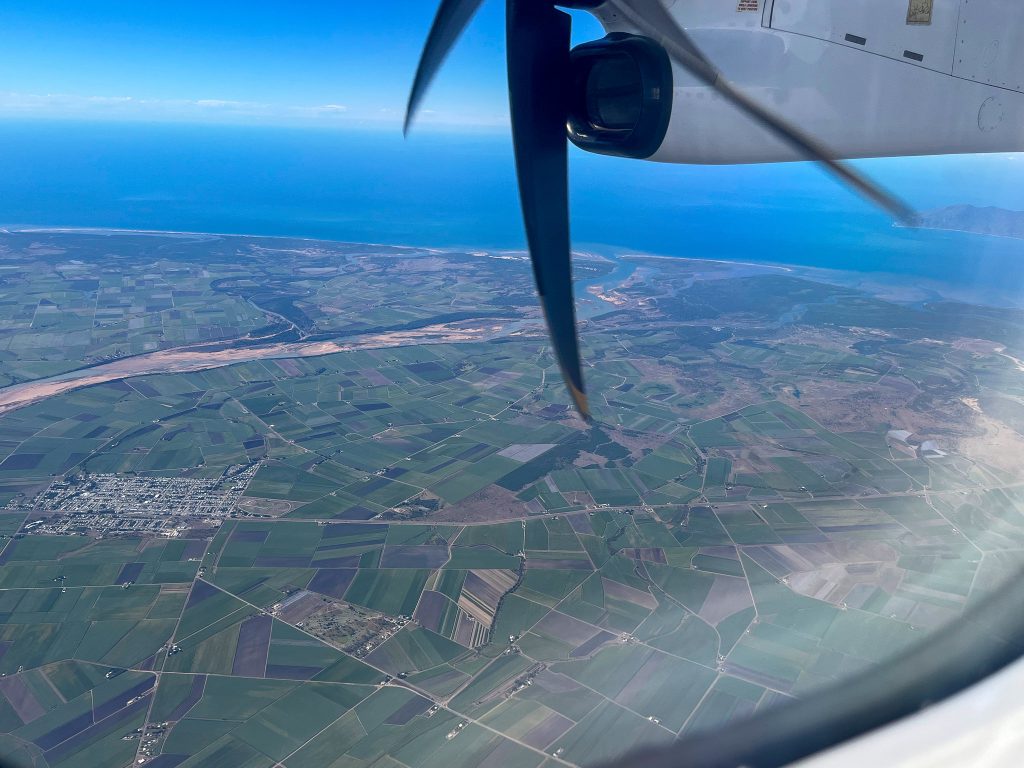
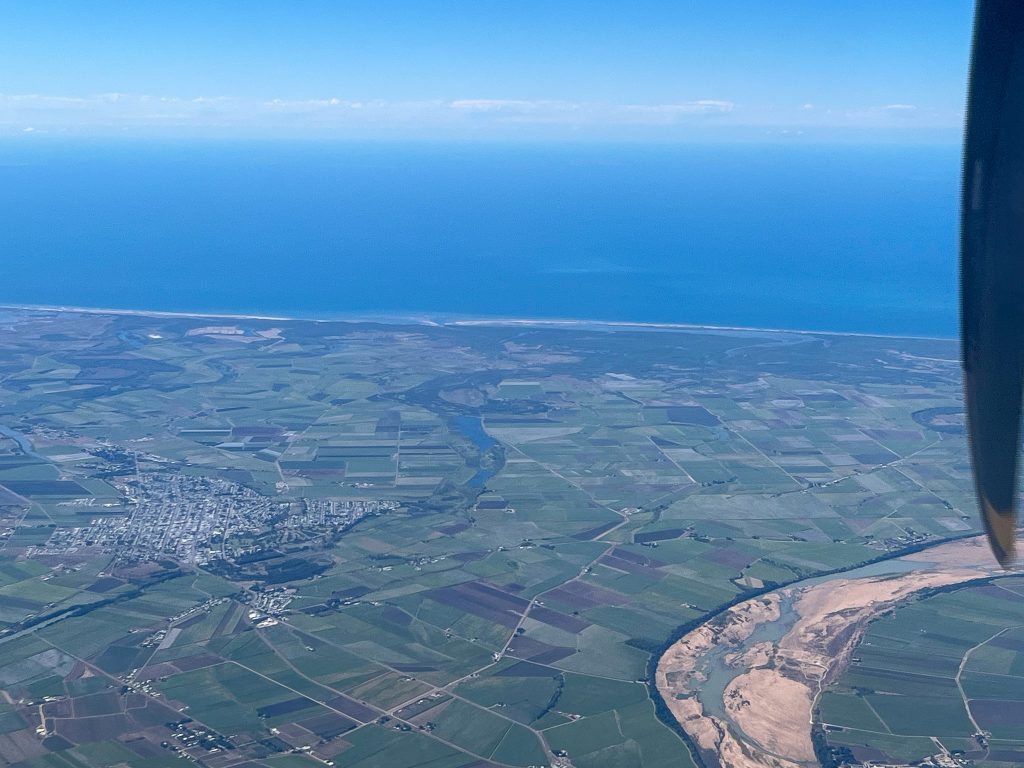
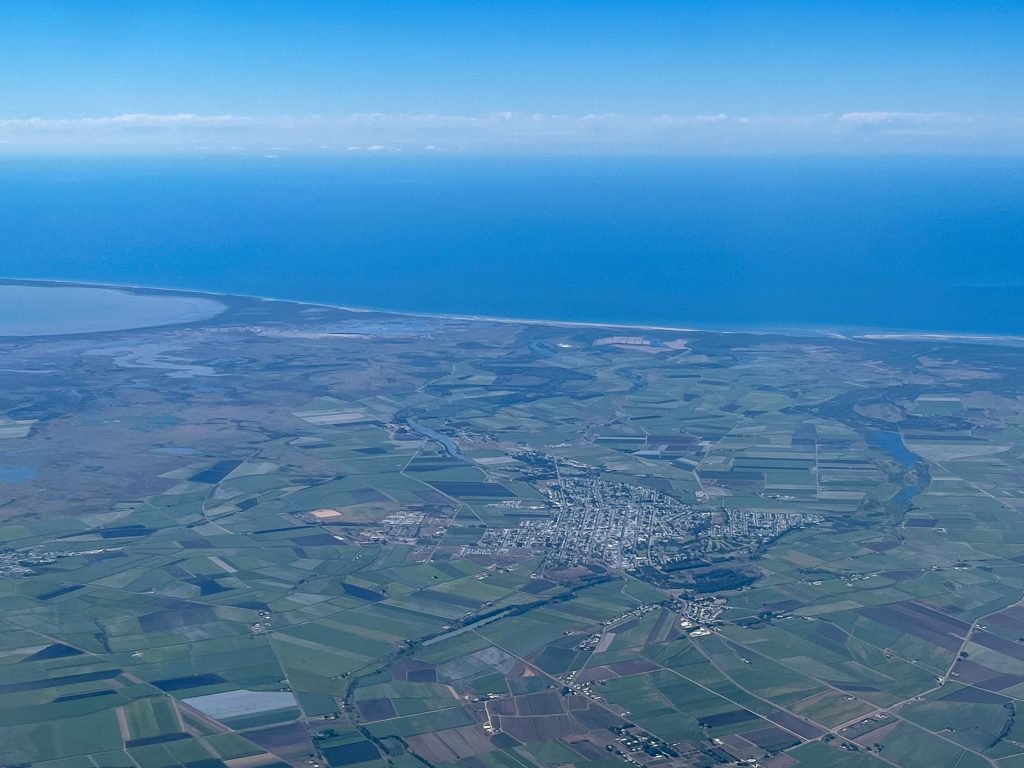
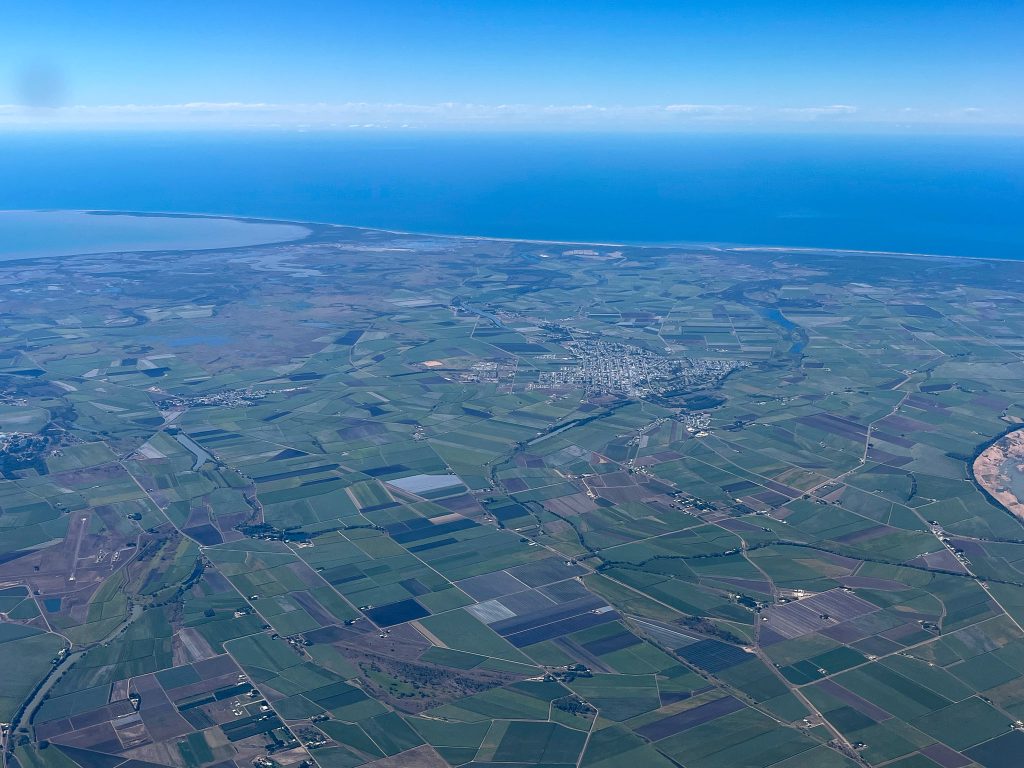
You can’t see the corals or the big fish in these photographs because they are under the sea, to the east of the Burdekin River’s mouth that you can see in some of these photographs.
Over the last twenty years new heroes have emerged on both the left and right of politics and they have redefined what is acceptable to believe, particularly when it comes to the natural environment. Many of them were and are quite mad, but this has not limited their popularity not even on the right of politics.
It is seared into my memory, I can still remember where I was on Wednesday 6th June 2001, and how that day unfolded – World Environment Day over twenty years ago. That was the beginning of the end for local environment groups in Queensland as the World Wildlife Fund (WWF) launched a massive campaign, that redefined how we came to view farming along the Queensland coast. The organisation already had the support of relevant environment ministers from the left and right of politics at the state and federal levels. From the very beginning their approach was top down and had nothing to do with evidence or science.
We are social creatures, and our communities have always been organised into hierarchies.
Australia is a constitutional monarchy, and the WWF has always had the support of the British monarchy, that has actively played a role including in the administration of that organisation.
Prince Philip (late husband of the Queen) was the first-ever president of WWF-UK from 1961-1982 and Prince Charles took over that role in 2011, etcetera. His cousin the current Dutch King (Willem-Alexander of the Netherlands) took more of an interest in WWF internationally and was particularly committed to the ‘Save the Reef’ campaign that was launched in Townsville on World Environment Day in 2001.
I am beginning to dig out my papers from this time, and it is interesting to see which James Cook University professors signed up to which nonsense consensus statements that year. This had everything to do with being fashionable and nothing to do with science.
via Jennifer Marohasy
June 15, 2024 at 07:16PM
